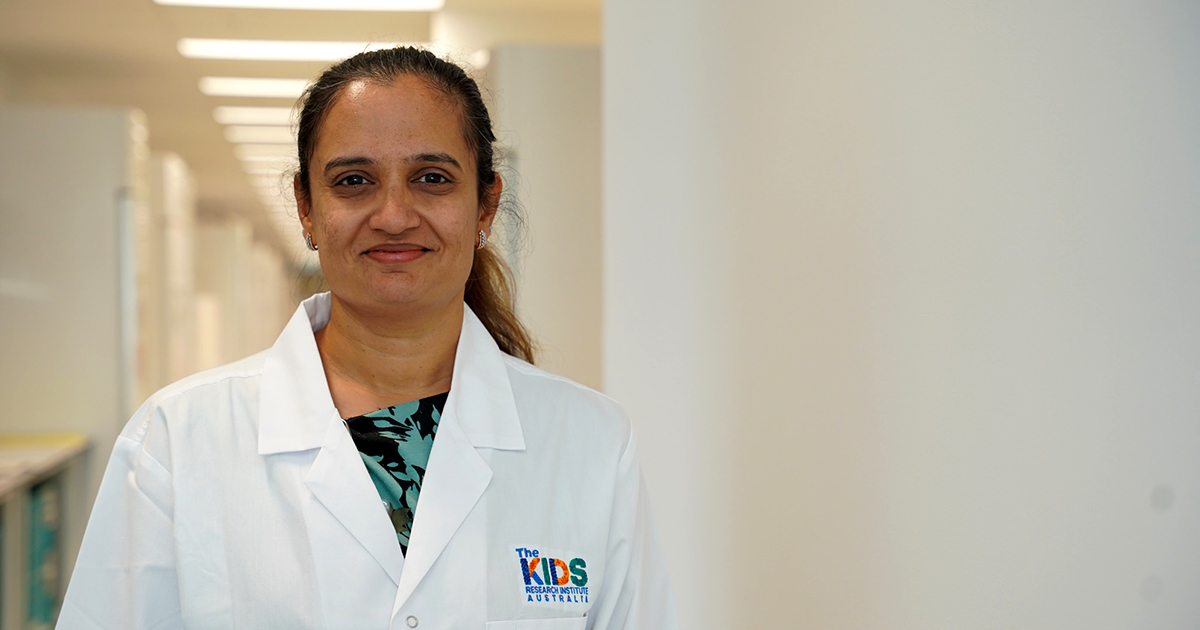
A landmark study led by Dr Hetal Dholaria, The Kids Research Institute Australia researcher and Perth Children’s Hospital Oncologist, has confirmed that a “wait and watch” approach for newborns diagnosed with neuroblastoma is not only safe, but effective over the long term.
Published in Pediatric Blood & Cancer, the study revisits data collected more than a decade ago through the Children’s Oncology Group (COG), offering one of the most comprehensive long-term outcome analyses for perinatal neuroblastoma to date.
The findings show that over 90 per cent of babies with localised adrenal neuroblastoma can be safely monitored without surgery or chemotherapy.
“This was a secondary analysis of a prospective study. What makes it significant is that we’re looking at outcomes 10 years later, not just the short-term effects,” Dr Dholaria said.
Historically, all children diagnosed with neuroblastoma, including newborns, were treated with surgery. But earlier European studies suggested that some tumours might regress spontaneously.
The COG study allowed families to choose between surgery or observation, with close monitoring either way.
Of the 83 infants enrolled for observation, 57 completed the study without any intervention, and nearly all experienced spontaneous tumour regression. Only two required treatment over the 10-year period - one after initial regression and another who developed a secondary mass years later.
The study also highlights the benefits of avoiding surgery in very young children.
“Surgery in neonates carries high risks. You often lose an adrenal gland, and while we have two, losing one isn’t ideal. Plus, this approach reduces the need for radiation-heavy scans - we can monitor safely with ultrasound and urine tests,” Dr Dholaria said.
Beyond clinical safety, the observational approach reduces stress on families and healthcare systems.
“When parents come in having Googled neuroblastoma, they’re terrified. Being able to say, ‘we can safely observe,’ is incredibly powerful,” Dr Dholaria said.
“This 10-year follow-up confirms that for most newborns with localised neuroblastoma, less really is more.”
